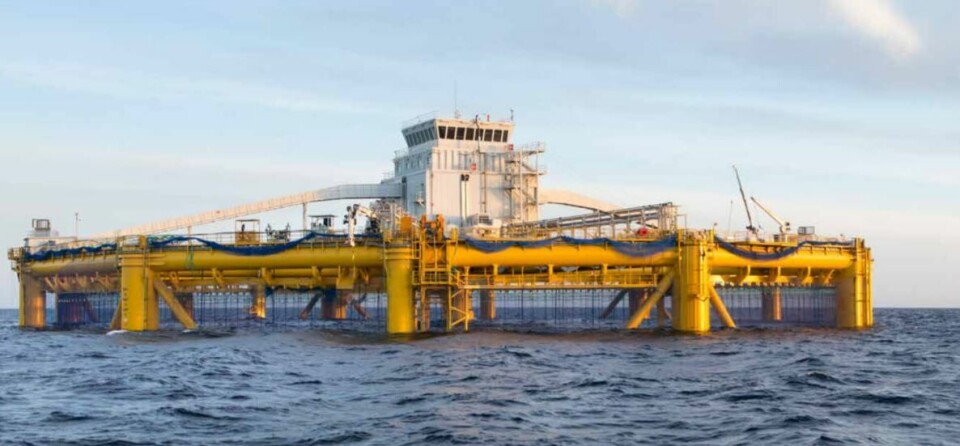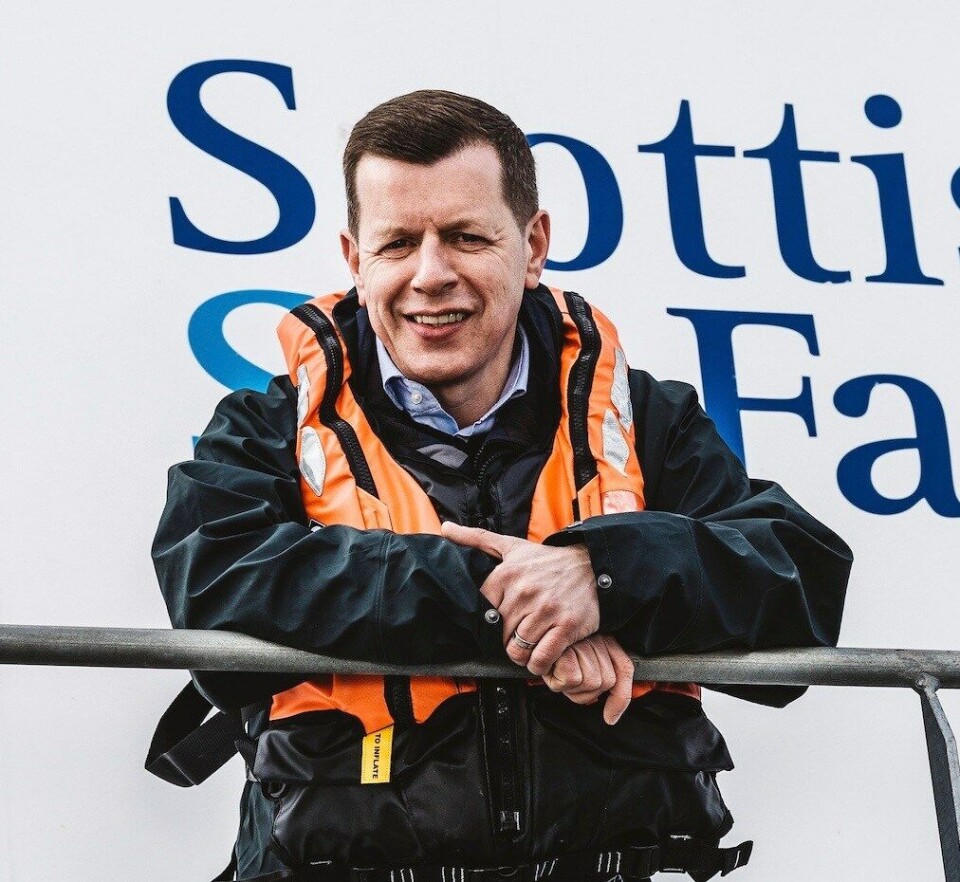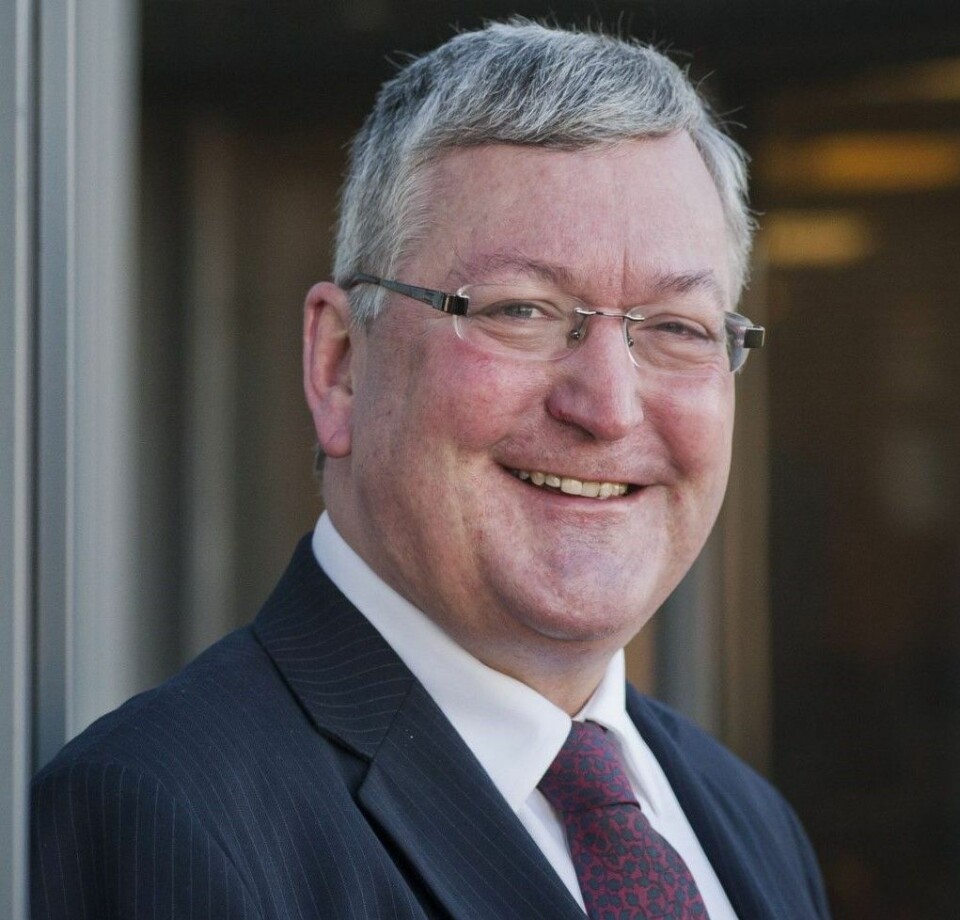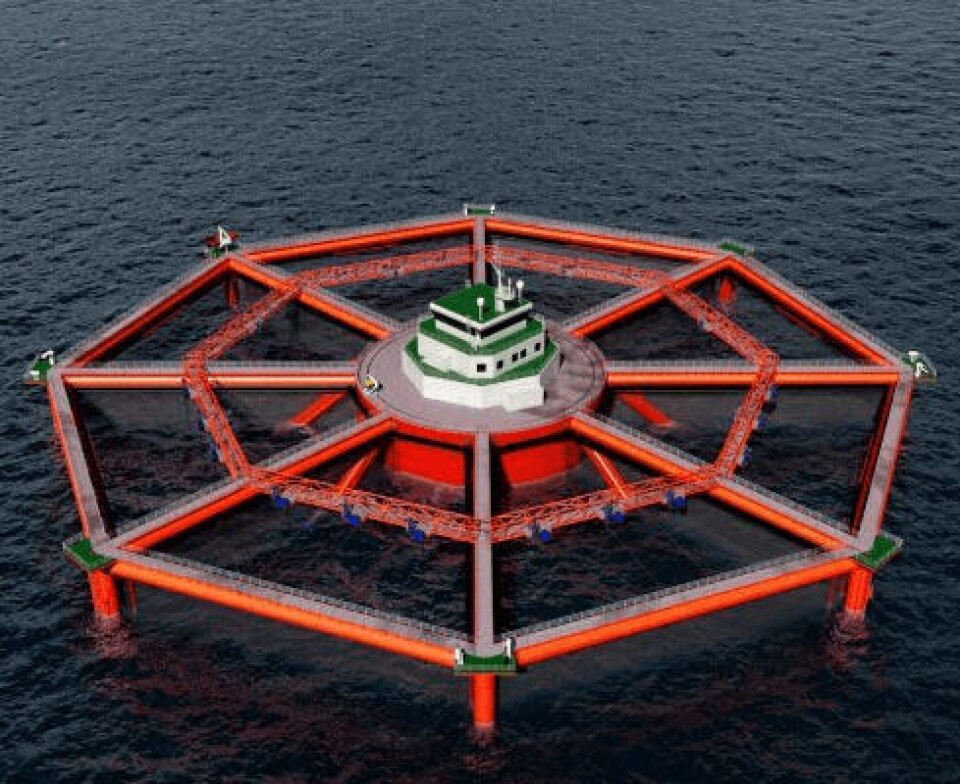
Scottish Sea Farms plans an Ocean Farm in Scotland
Scottish Sea Farms today announced that it wants to trial Scotland’s first open ocean farm and has the financial backing of owners SalMar and Lerøy for the project.
Scotland’s rural economy secretary Fergus Ewing has also expressed enthusiastic support for the idea, saying it was “the kind of landmark investment opportunity that Scotland needs to thrive”.
The project could see an offshore farm similar to SalMar’s Ocean Farm 1, which is currently housing its second generation of salmon at a site off the coast of Trøndelag, Norway.

Opening dialogue
SSF managing director Jim Gallagher said the plan required an engaged, robust and forward-thinking regulatory framework.
“With this in mind, we’re eager to take the next step by opening the dialogue with Marine Scotland, SEPA (Scottish Environmental Protection Agency) and local authorities to see if this ambition is matched and if our aspiration of piloting a full-scale ‘ocean farm’ can be realised,” he added.
SSF is owned by Norskott Havbruk, which is a 50/50 joint venture between Norwegian salmon farmers SalMar and Lerøy. Leif Inge Nordhammer, chair of SSF and Norskott Havbruk AS, said: “Both Lerøy Seafood Group and SalMar ASA are ready to give their backing to this latest investment and we look forward to working with the Scottish Government and regulators to see whether, together, we can make it happen.”

‘Hugely welcome news’
Fergus Ewing said he was determined that Scotland should seize the opportunity.
“The potential benefits of farming in deeper, more exposed locations have been raised many times over recent years, by all sides of the debate,” said the minister.
“So, to see Scottish Sea Farms step forward and commit the time and investment involved in exploring that potential here is hugely welcome news.
“Such a concept, if realised, promises significant advances in fish welfare and environmental protection, not forgetting new jobs and business for Scotland, and as such it is something that the Scottish Government is keen to progress in partnership with the relevant regulatory and local authorities.”

More advanced
Ocean Farm 1, which was built in China and equipped with sector-leading Norwegian aquaculture and offshore technology, cost £60 million.
If SSF was to go in the same direction the farm would be a more advanced version as designers would be able to incorporate lessons learned from Ocean Farm 1.
These are being used to develop SalMar’s second offshore salmon farm, the Smart Fish Farm, which has twice the capacity of the original.
Strong growth
Ocean Farm 1 stocks around 1.25 million fish. The first crop saw strong results with high survival, high quality and consistently low lice levels meaning no delousing treatments were necessary. A second cohort was stocked last autumn, with SalMar reporting last week that biological performance had been very good, with strong growth and low lice numbers.
It is understood that SFF has identified several potentially suitable locations but would need to speak to relevant authorities before exploring them further.
Although sites are likely to be at least a couple of kilometres offshore, depth at the site likely to be more important than distance from land. Farms such as Ocean Farm 1 require deeper sites than conventional net pen farms.























































